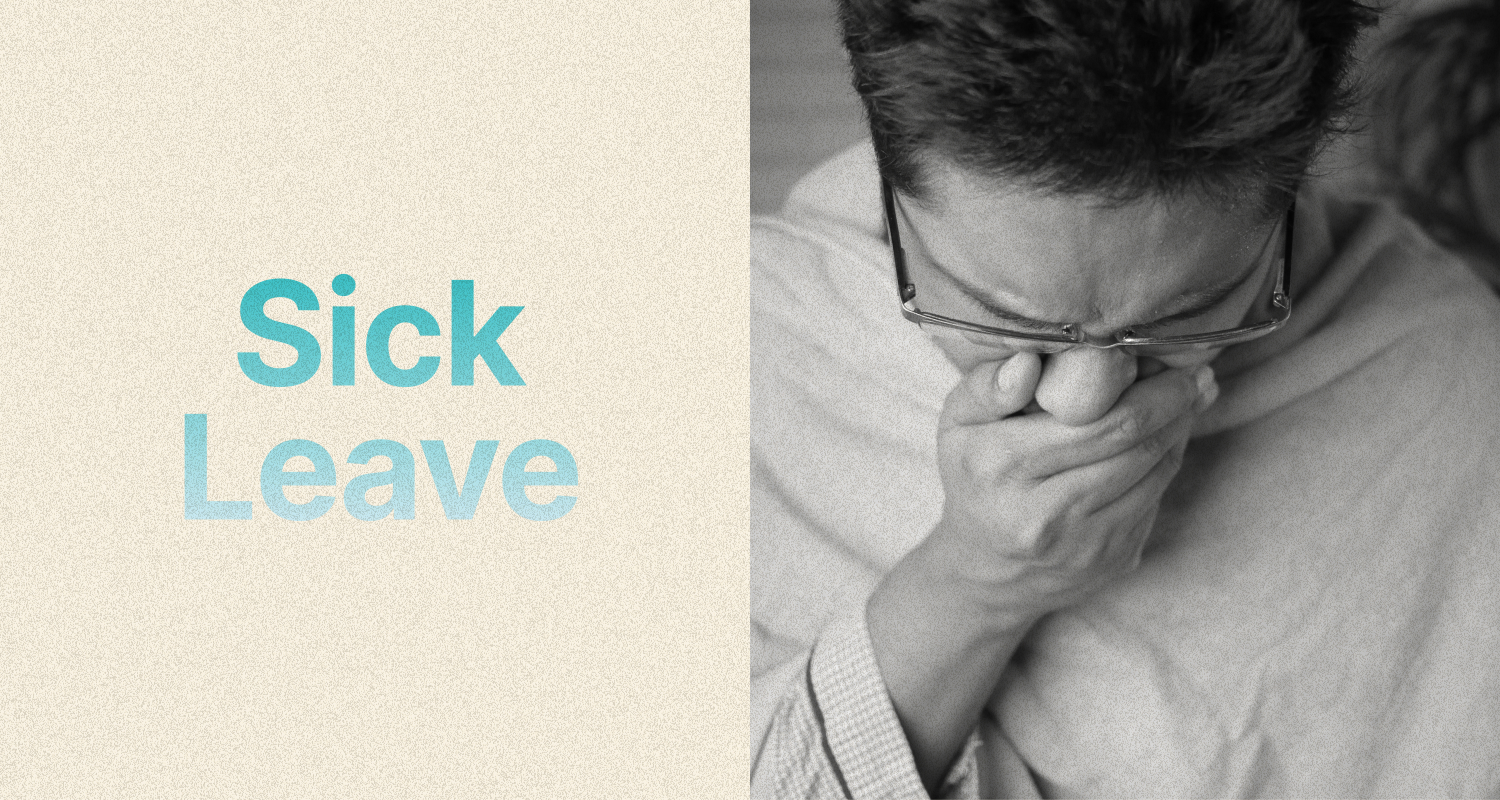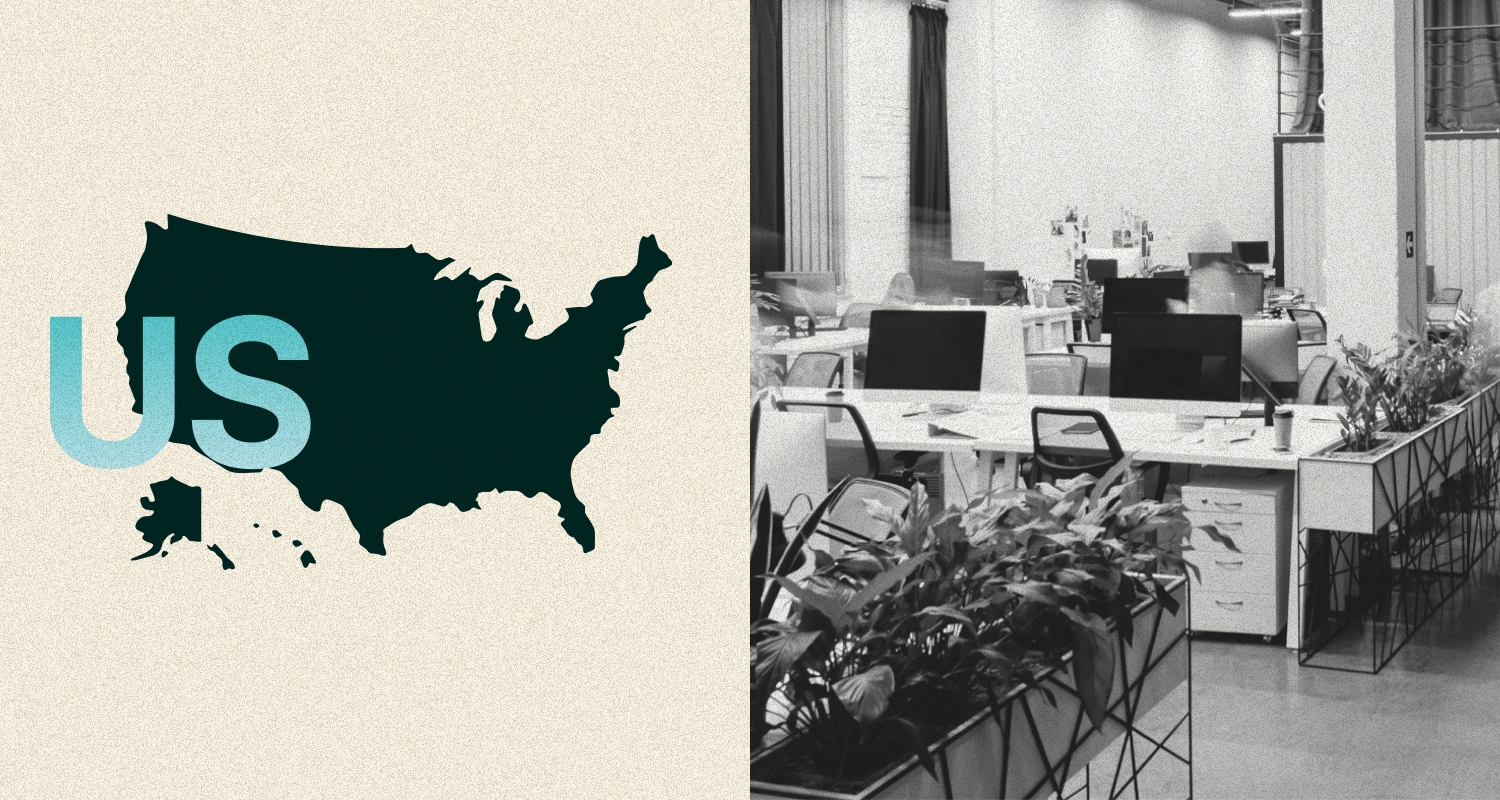Compliance Snapshot
- Effective upon signing on March 9, 2022;
- Applies to any employer with 25 or more employees;
- Up to 40 hours of paid sick leave for qualifying COVID-19 related reasons through December 2023;
- Requires employers to provide a notice posting;
- Leave will expire December 31, 2023.
On March 9, 2022, the Philadelphia City Mayor signed into law an ordinance amending the City’s existing public health emergency leave requiring covered employers to provide continuing leave through December 31, 2023 (2022 COVID PHEL). The ordinance took effect on March 9, 2022 upon the mayor’s signature. While the 2022 COVID PHEL looks similar to its prior version, there are notable differences. For more information about the prior iteration of this Ordinance please visit our blog post, “Philadelphia Re-Enacts and Expands Public Health Emergency Leave.”
Who is a covered employer?
The Ordinance applies to employers with 25 or more employees. It is unclear from the text of the ordinance how to count employees or whether the threshold count is limited to employees in Philadelphia, within the state of Pennsylvania or nationwide. However, employers must only provide leave to those employees covered under the Ordinance (see section below). The conservative approach may be for an employer to count all employees nationwide for purposes of determining whether they are considered a covered employer.
Who is a covered employee?
To be eligible for 2022 COVID PHEL, an employee must have worked for a covered employer for 90 or more days and:
- must be working for the covered employer within Philadelphia after March 9, 2022;
- someone who normally works for the covered employer within the City of Philadelphia but is currently teleworking from any other location as a result of COVID-19 or they work for the covered employer from multiple locations or from mobile locations, provided that 51% or more of such employee’s time is present within the City of Philadelphia.
What are the qualifying reasons for leave?
2022 COVID PHEL is available for immediate use when employees are unable to work due to one or more of the following reasons:
- A determination by a public official or public health authority having jurisdiction, a health care provider, or an employer that the employee’s presence on the job or in the community would jeopardize the health of others because of the employee’s exposure to COVID-19 or because the employee is exhibiting symptoms that might jeopardize the health of others, regardless of whether the employee has been diagnosed with or has tested positive for COVID19;
- To care for a family member of the employee due to a determination by a public official or health authority having jurisdiction, a health care provider, or the family member’s employer that the presence of the family member on the job or in the community would jeopardize the health of others because of the family member’s exposure to COVID-19 or a determination by the employer that the employee is a danger to the health of others because they are exhibiting symptoms that might jeopardize the health of others, regardless of whether the family member has been diagnosed or having tested positive with COVID-19;
- An employee’s need to self-isolate and care for oneself because:
- the employee is diagnosed with or has tested positive for COVID-19;
- the employee is experiencing symptoms of COVID-19;
- The employee is seeking or obtaining medical diagnosis, care, or treatment if experiencing symptoms of an illness related to COVID-19;
- To care for a family member who is self-isolating due to:
- being diagnosed with or having tested positive for COVID-19;
- experiencing symptoms of COVID-19;
- need for medical diagnosis, care, or treatment if experiencing symptoms of an illness related to COVID-19;
- To care for a child if the school or place of care of the child has been closed, or the childcare provider of such child is unavailable, due to precautions taken in [accordance with the public health emergency] response to COVID-19;
- An employee’s need to obtain immunization (vaccination), including a booster, related to COVID-19; or
- An employee’s need to recover from any [injury, disability, illness or condition] side effect related to such vaccination.
Can an employer require documentation from an employee?
An employer can only request that an employee submit a self-certified statement asserting that leave was taken for a qualifying reason under the Ordinance. Requesting other documentation is not otherwise permitted.
What amount of leave must be provided?
Employers must provide the following amounts of paid 2022 COVID PHEL:
- Employees who work 40 or more hours per week receive at least 40 hours.
- Employees who work fewer than 40 hours per week receive an amount equal to the amount of time they are scheduled to work or actually work on average in a 7-day period, whichever is greater, unless the employer provides a greater amount.
- Employees whose weekly schedule varies receive the average number of daily hours that the employee was scheduled over the past 90 days of work, including hours for which the employee took leave of any type, multiplied by 7.
What is the rate of pay for 2022 COVID PHEL?
Employees must be compensated for COVID-19 leave at their regular rate of pay and with the same benefits, including health care benefits, as they normally earn at the time leave is taken.
Is an employee entitled to reinstatement?
Employees are entitled to job restoration to the same position held when the 2022 COVID PHEL leave began.
How does 2022 PHEL interact with an employer’s existing leave policies?
2022 COVID PHEL is in addition to all other paid leave entitlements or benefits provided by an employer’s existing policy. This means that an employer cannot require an employee to use other paid sick leave available to the employee before the employee is eligible to use 2022 COVID PHEL, unless state or federal law requires otherwise. However, the Ordinance provides that employers can use pre-existing leave benefits to satisfy their requirements under 2022 COVID PHEL in the following limited circumstances:
- Employers do not need to change leave policies for teleworking employees if existing policies provide teleworking employees with at least 80 hours of paid leave in 2022, and employees can use such paid leave for the same purposes and under all of the same conditions as set forth under the Ordinance.
- An employer does not need to change an existing leave policy or provide additional paid leave to employees if its policy provides:
- at least 120 hours of paid time off in 2022; and
- employees can use such leave for the same purposes and under all of the same conditions as the 2022 COVID PHEL.
What are the notice posting requirements?
Employers must provide employees with a notice that explains their rights under 2022 COVID PHEL within 15 days after the Ordinance becomes law (by March 24, 2022). Philadelphia’s Department of Labor has published a model notice that satisfies these requirements.
Employers must notify employees by either:
- Providing each of their employees with a notice, or
- Displaying a poster in a conspicuous and accessible place in each establishment where such employees are employed.
If an employee does not maintain a physical workplace, or if an employee teleworks, the required notification must be sent by electronic communication.
What are the recordkeeping requirements?
For two years, employers must keep records documenting: hours worked; leave taken; and payment made for leave taken.
When does 2022 COVID PHEL expire?
The law is set to expire December 31, 2023.
Employer Considerations
Covered employers should immediately take steps to comply with Philadelphia’s 2022 COVID PHEL mandate and are encouraged to review existing paid time off policies and train internal HR & supervisory employees on the requirements.
Additional Resources
- COVID-19 Pandemic Paid Sick Leave Notice to Employees
- 2022 Amendment to Public Health Emergency Leave
- City of Philadelphia Webpage
- COVID-19 Pandemic Paid Sick Leave Resources
- Philadelphia Department of Health
- Pennsylvania Department of Health
- Sequoia Foreword: Philadelphia Re-Enacts and Expands Public Health Emergency Leave
Disclaimer: This content is intended for informational purposes only and should not be construed as legal, medical or tax advice. It provides general information and is not intended to encompass all compliance and legal obligations that may be applicable. This information and any questions as to your specific circumstances should be reviewed with your respective legal counsel and/or tax advisor as we do not provide legal or tax advice. Please note that this information may be subject to change based on legislative changes. © 2022 Sequoia Benefits & Insurance Services, LLC. All Rights Reserved




